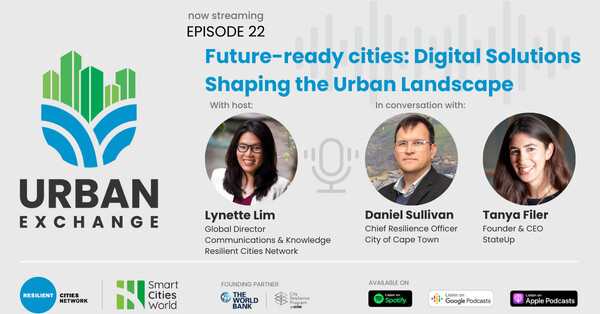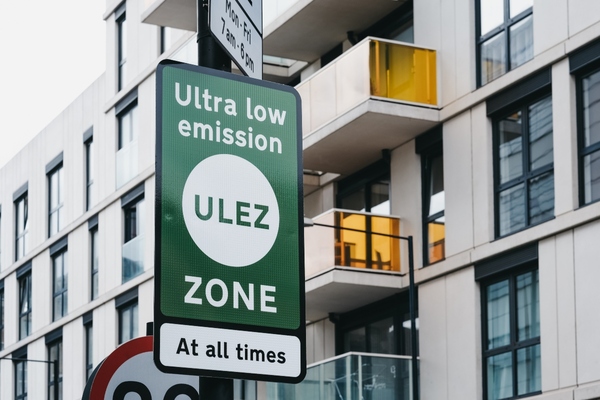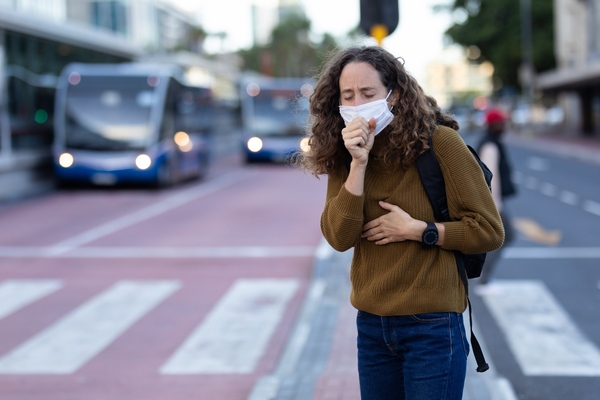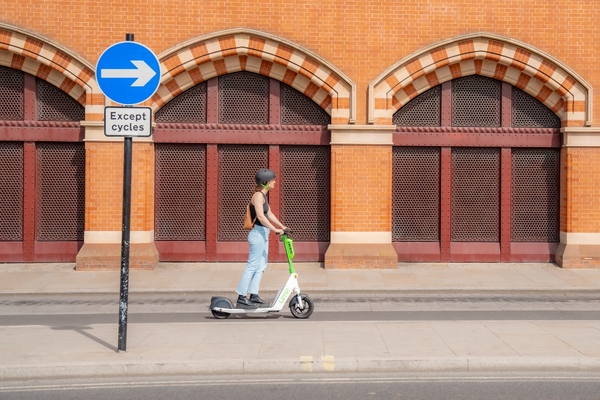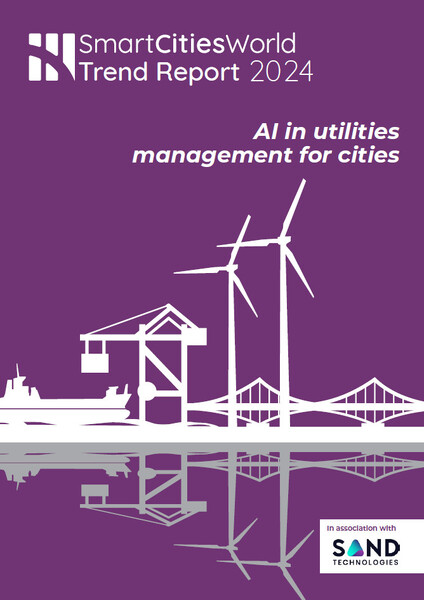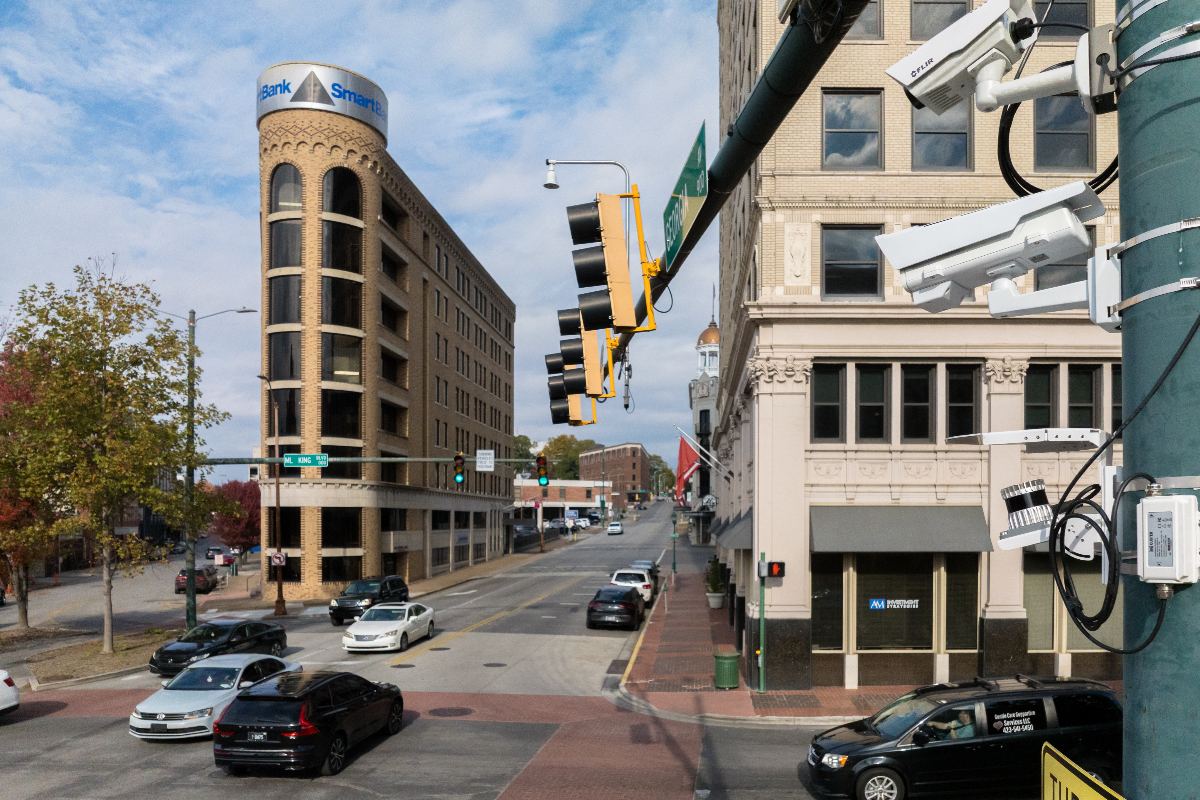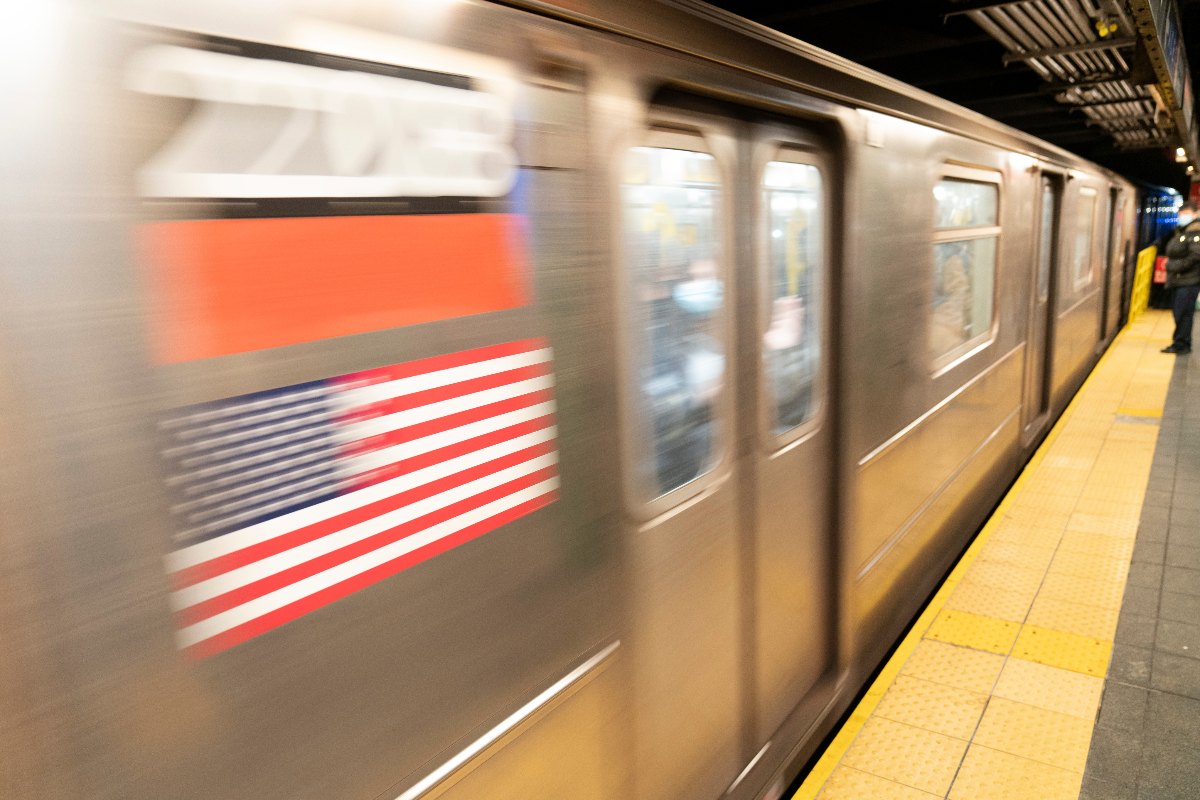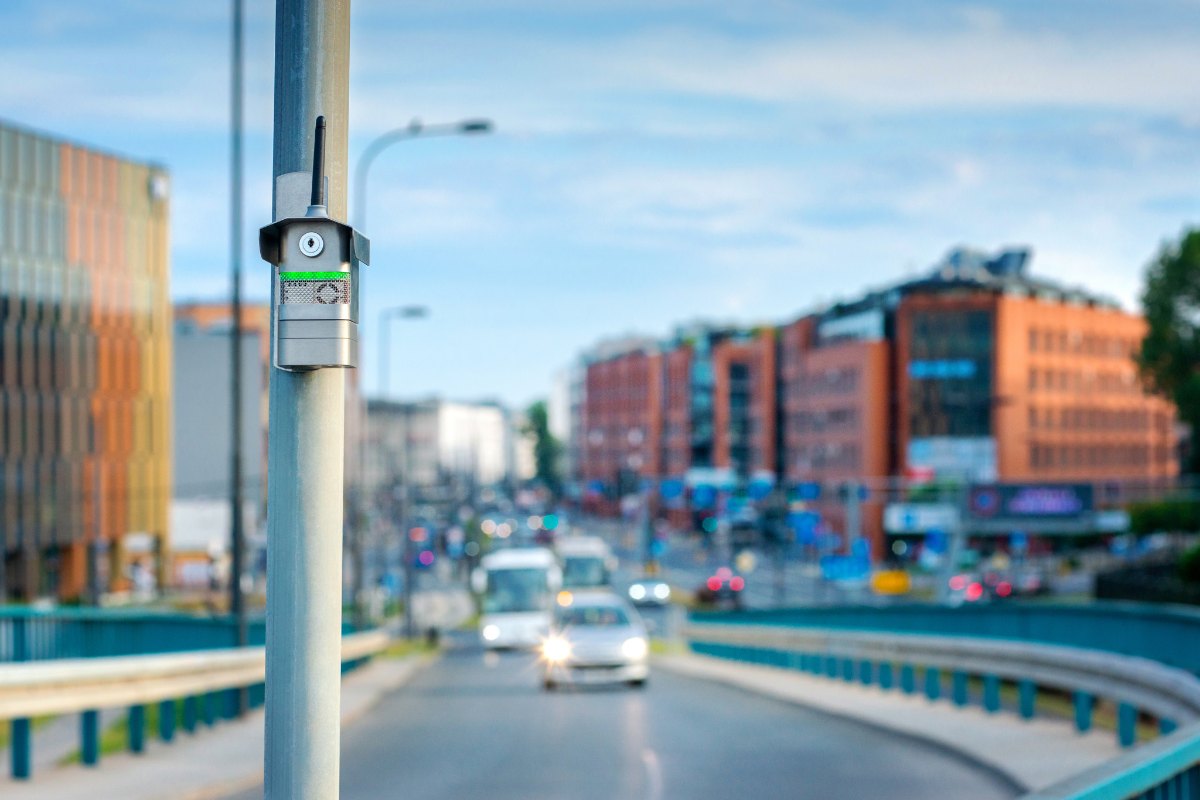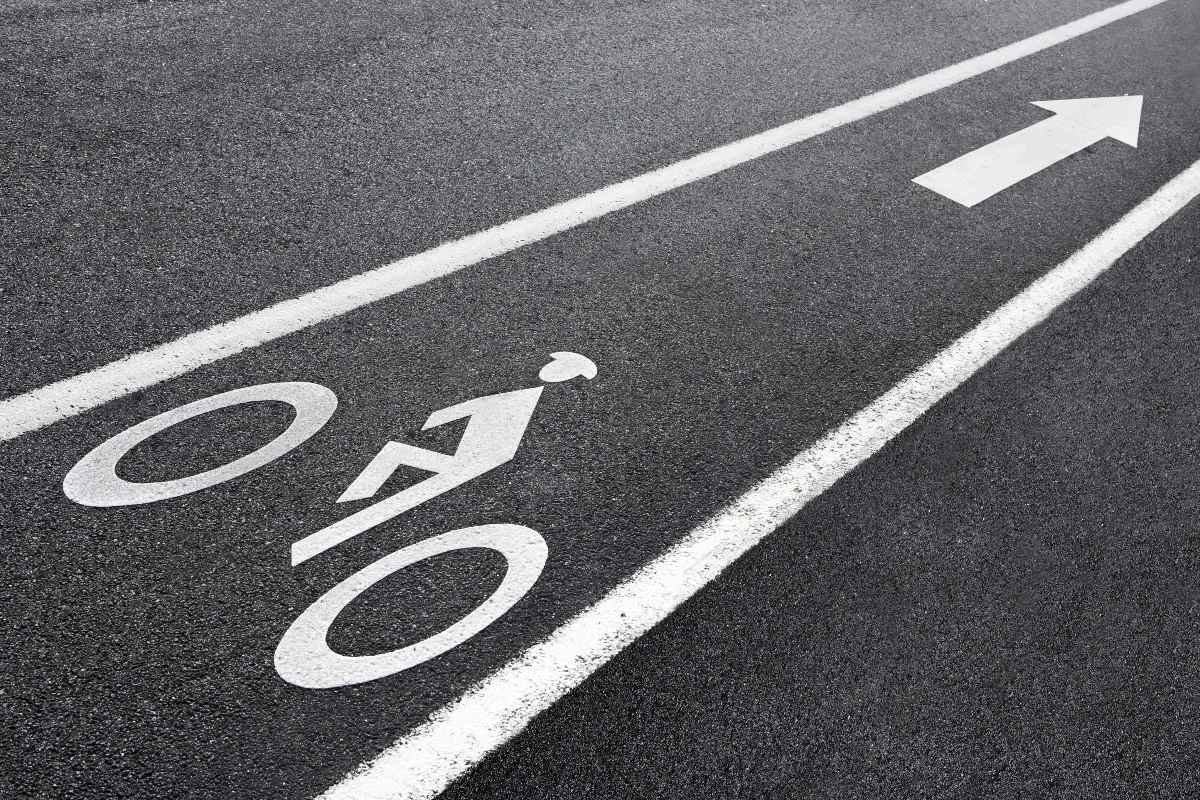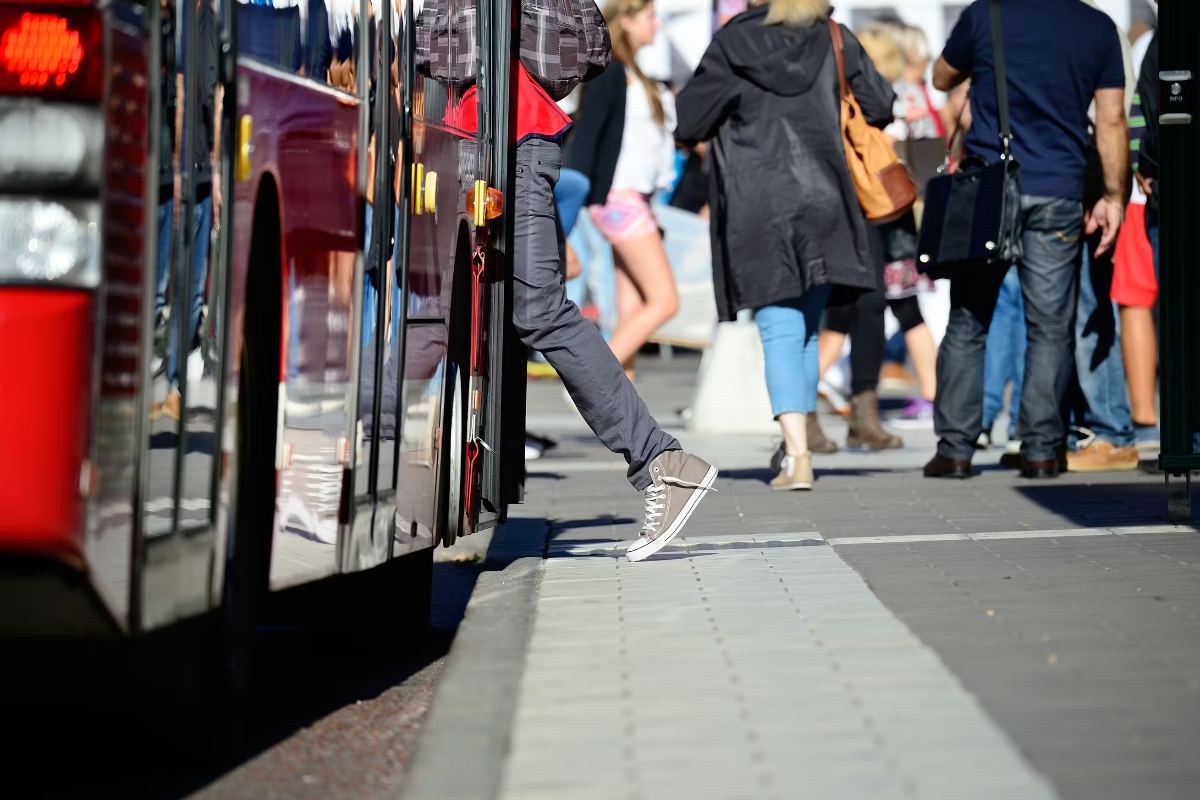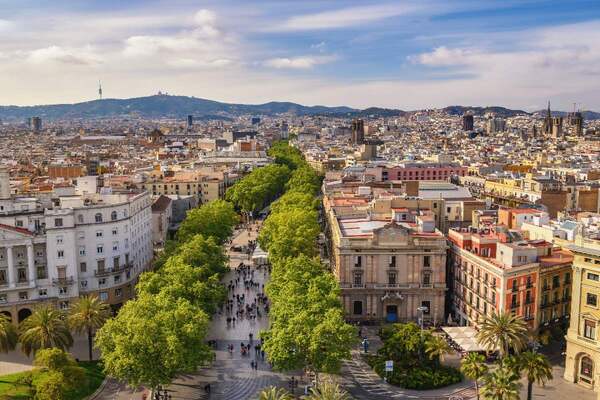Special Reports
SusHi Tech Tokyo 2024: experience ‘Tokyo 2050’ todaySponsored by The SusHi Tech Tokyo 2024 Showcase Program Executive Committee
London-wide clean air zone drives down pollution further
Data shows 10 percentage point increase in vehicle compliance in outer London, up from 85 per cent when the Ulez expansion plan was announced in May 2022.
London is experiencing a 10 percentage point increase in vehicle compliance following its expansion of the ultra low emission zone (Ulez) with 95 per cent of vehicles across inner and outer London compliant with clean air standards.
According to a new report, Ulez compliance has risen from 91 per cent in outer London in June, and 85 per cent compliance when the expansion plan was announced in May 2022, to 95 per cent compliance now.
Combat urban air pollution
TfL reports the newly expanded Ulez is one of the world’s most ambitious efforts to combat urban air pollution. Measuring 1,500km2 and covering the whole capital with a population of over nine million people, it claims it is the largest urban anti-pollution zone of its kind on Earth. The highly targeted scheme is designed to take the most polluting vehicles off London’s roads, helping nine million people to breathe cleaner air.
Transport for London (TfL) said that the scheme was proving “highly effective” since it was expanded to cover every borough of the city on 29 August 2023, and has taken almost 80,000 older cars off the roads.
“The Ulez is highly effective in taking the oldest, most polluting vehicles off the roads with nearly 80,000 fewer driving in London since this June alone, and a 56 percentage point increase in vehicles meeting the standards since 2017”
“Following the first month of the Ulez expansion, it’s great to see that 95 per cent of the vehicles driving in the capital comply with the scheme’s transformative air quality standards,” said Christina Calderato, director of strategy and policy at TfL.
“The Ulez is highly effective in taking the oldest, most polluting vehicles off the roads with nearly 80,000 fewer driving in London since this June alone, and a 56 percentage point increase in vehicles meeting the standards since 2017.”
She added: “To support the transition to greener journeys in the city, TfL has committed over £121m from the mayor’s £160m scrappage funds to help Londoners and London-based small businesses and charities scrap their non-compliant vehicles. Millions are still available in the fund and we urge those living in the capital who own a non-compliant vehicle to apply for the support available.”
Nitrogen oxides emissions from cars are expected to decrease by 10 per cent by the end of 2023 because of the Ulez expansion, helping to make London a greener, fairer, and healthier city. The impact of the Ulez expansion on both emissions and pollutant concentrations will be reported in 2024.
“Following the first month of the Ulez expansion, it’s great to see that 95 per cent of the vehicles driving in the capital comply with the scheme’s transformative air quality standards”
The Ulez is the centrepiece of the mayor Sadiq Khan’s efforts to improve air quality in London, benefiting public health and helping to combat climate change. These include working towards a fully zero-emission bus fleet, having already created the largest zero-emission bus fleet in western Europe with more than 1,100 on London’s roads – and supporting the delivery of more than 17,000 electric vehicle charge points, one-third of the UK’s total.
City Hall reports these additional measures are making a “real difference”, but all the evidence shows that clean air zones like the Ulez are the most effective tool available to cut air pollution quickly and meaningfully, having already reduced air pollution in central London by almost 50 per cent and in inner London by a fifth.







